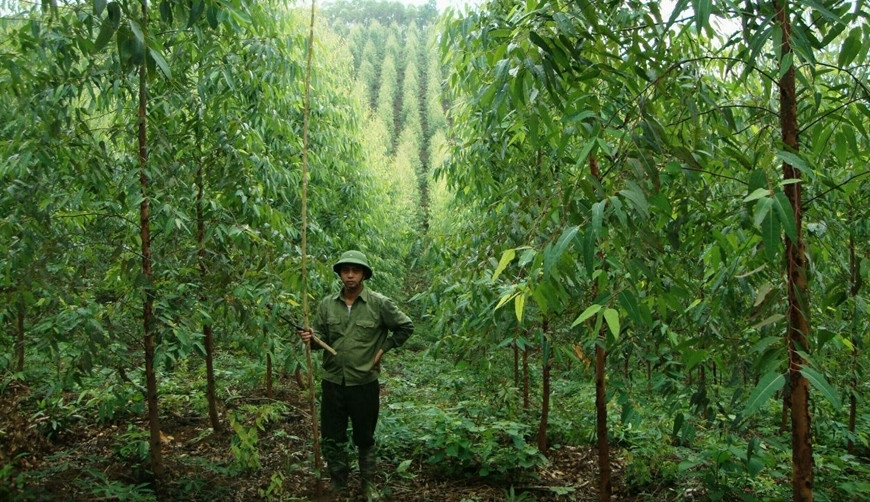

This makes Vietnam the first country in the East Asia Pacific region to receive a results-based payment from the World Bank’s Forest Carbon Partnership Facility (FCPF).
The payment was made to Vietnam for reducing 10.3 million tons of carbon emissions between February 1, 2018 and December 31, 2019. It is the largest single payment to date made by the FCPF for verified and high integrity carbon credits. The payment will benefit 70,055 forest owners and 1,356 communities near the forest, to be distributed according to a robust benefit sharing plan designed through a consultative, participatory, and transparent process.
“The success of this REDD+ program brings Vietnam closer to delivering on our ambitious Nationally Determined Contributions under the Paris Agreement, while protecting areas of vital importance to biodiversity conservation,” says Vietnam Minister of Agriculture and Rural Development Le Minh Hoan.
Vietnam is already generating emission reductions in excess of the volume contracted with the FCPF, and can sell the credits to third party buyers through bilateral agreements or carbon markets. The country can also use the excess credits to fulfill its Nationally Determined Contributions or retire them, which is a net climate benefit.
“This landmark payment marks another step for Vietnam towards joining the global carbon credit market and opens a new opportunity to finance the country’s ambitious climate commitments and targets,” World Bank Country Director for Vietnam Carolyn Turk noted.
The program generated 16.2 million verified emission reductions between 2018 – 2019, which is 5.9 million more than the 10.3 million contract volume in the Emission Reduction Payment Agreement. The World Bank has issued a call option notice to buy an additional 1 million emission reductions beyond the contracted amount.
Vietnam’s emission reduction program protects most of the country’s tropical forests, covering 3.1 million of the 5.1 million hectares of land in the program area. These forests are of significant ecological importance, encompassing five internationally recognized conservation corridors.
The area is also home to 12% of Vietnam’s population, including 13 ethnic minority groups and many forest-dependent communities. Almost one-third of people in the region live below the national poverty line. Through improved forest management, investment in the forest sector, and enhancement of agricultural policies, the program is increasing both the extent and quality of forest cover in collaboration with local communities.
VOV